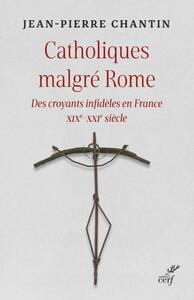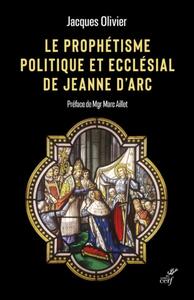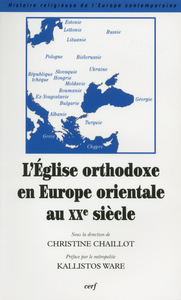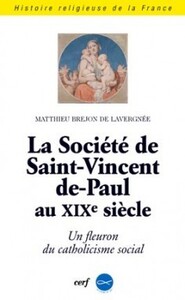Nous utilisons des cookies pour améliorer votre expérience. Pour nous conformer à la nouvelle directive sur la vie privée, nous devons demander votre consentement à l’utilisation de ces cookies. En savoir plus.
LA VILLE CHARITABLE
Cerf - EAN : 9782204098236
Édition papier
EAN : 9782204098236
Paru le : 3 janv. 2013
26,40 €
25,02 €
Epuisé
Pour connaître votre prix et commander, identifiez-vous
Manquant sans date
Notre engagement qualité
-
 Livraison gratuite
Livraison gratuite
en France sans minimum
de commande -
 Manquants maintenus
Manquants maintenus
en commande
automatiquement -
 Un interlocuteur
Un interlocuteur
unique pour toutes
vos commandes -
 Toutes les licences
Toutes les licences
numériques du marché
au tarif éditeur -
 Assistance téléphonique
Assistance téléphonique
personalisée sur le
numérique -
 Service client
Service client
Du Lundi au vendredi
de 9h à 18h
- EAN13 : 9782204098236
- Réf. éditeur : 776133
- Collection : HISTOIRE RELIGI
- Editeur : Cerf
- Date Parution : 3 janv. 2013
- Disponibilite : Manque sans date
- Barème de remise : NS
- Nombre de pages : 411
- Format : H:240 mm L:145 mm E:22 mm
- Poids : 585gr
- Interdit de retour : Retour interdit
-
Résumé :
Le très populaire abbé Pierre, fondateur du mouvement Emmaüs, est souvent présenté comme un franc-tireur, et l'organisation qu'il a créée comme tout autre chose qu'une oeuvre de charité. Pourtant, ses origines et ses objectifs inscrivent bien Emmaüs dans la tradition chrétienne de la « caritas ». Ce livre revient sur ces oeuvres que le XIXe siècle ne craignait pas de nommer « de charit?. Les oeuvres des villes françaises et allemandes au XIXe siècle, examinées de manière inédite par l'auteur, encadrent alors étroitement la population catholique. Elles sont plus le produit de leur temps que des survivances de l'Ancien Régime. Leurs fondateurs sont issus d'un milieu d'élites laïques, de prêtres diocésains et de religieux congréganistes où les femmes tiennent une place décisive. Leur grande plasticité répond aussi bien à l'héritage chrétien qu'aux besoins nés de la révolution industrielle — travail des mères, migrations de travail, développement des demandes de santé. Émerge alors un véritable secteur « priv?, face à l'affirmation de l'intervention « publique ». Au coeur de ce livre est posée la question fondamentale du rapport des catholiques à la modernité. Les oeuvres reprennent-elles sans distanciation l'image catholique de la société moderne comme un « corps malade » ? Leurs pratiques témoignent-elles d'un refus persistant de cette modernité sociale à laquelle le discours dominant de l'Église invitait ses fidèles à tourner le dos ? Autant d'interrogations autour d'un continent qui n'est pas tout à fait englouti, mais qui survit aujourd'hui au sein des mouvements caritatifs et humanitaires.
--
The immensely popular Abbé Pierre, founder of the Emmaus movement, is often presented as a maverick and the organisation he created as anything but a charitable organisation. Nevertheless, its origins and objectives ensure that Emmaus remains well and truly within the Christian tradition of ‘caritas'. This book re-examines those good works which the 19th century had no hesitation in describing as ‘charitable'. The charitable works by French and German towns in the 19th century, examined here as never before by the author, were narrowly restricted to their Catholic populations and more the product of their times than vestiges of the Ancien Régime. Their founders came from the secular elite, diocesan priests and religious congregations in which women played a decisive role. Their flexibility was as much a response to their Christian heritage as to the needs engendered by the Industrial Revolution — working mothers, migration of the work force, increased demands on healthcare. And so emerged a veritable ‘private' sector to counter the affirmation of ‘public' initiatives. At the heart of this book, the fundamental question posed is that of the relationship between Catholics and modernity. Are these good works an echo the Catholic perception of modern society as a ‘sick body'? Are their practices a testimony of the persistent rejection of social modernity, which the Church encouraged its followers to rebuff? So many questions about a continent that has not been entirely submerged, but still survives today at the heart of charitable and humanitarian movements.














